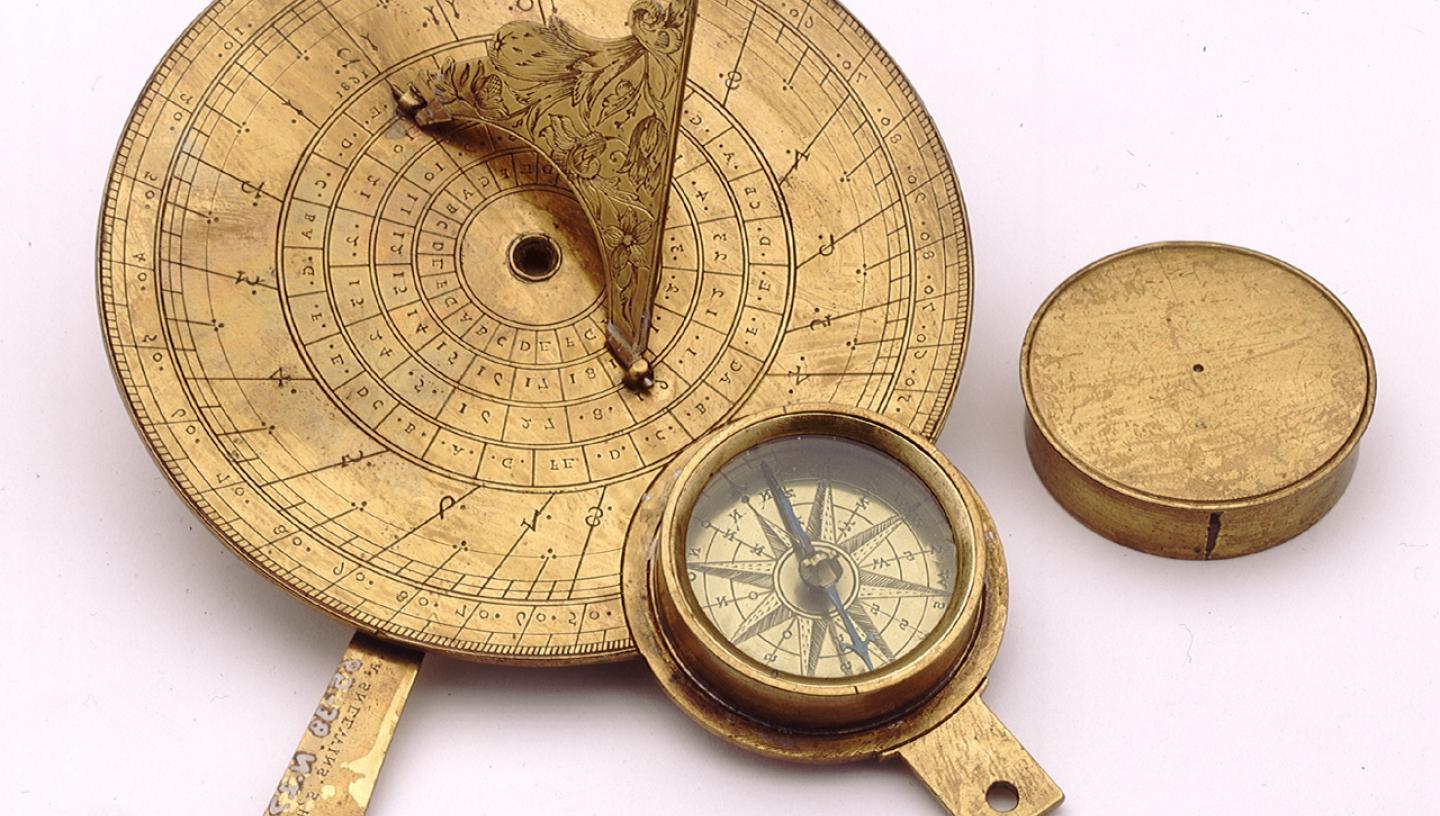
Sundials
For thousands of years, the sundial has told the time and divided the day.
No doubt the first crude sundial consisted of no more than a vertical stake in the ground. Eventually Man must have realised that the changing length of the shadow could be used, probably with stone markers, in the same manner as we use the hands of a clock today. This notable step forward in Man's attempt at measuring time was at least 3500 years ago as the earliest known sundial, found in Egypt, dates from that time.
Temporary hours
The day was then subdivided into 12 parts or 'temporary hours'. Of course the temporary hours would vary in length, being longest in summer and shortest in winter, although in the Mediterranean lands the difference is nothing like as noticeable as it would be in the British Isles. In the latter case an 'hour' in summer would have been twice as long as an 'hour' in winter!
It was not until the 13th century that Abul–Hassan introduced the idea of making all hours of equal length and by the 15th century these equal hours were in general use.
Renaissance sundials and the French railways
During the Renaissance period the development of sundials proceeded rapidly and many varied and ingenious designs were produced. In addition to having hour and minute marks for telling the time, other features were often incorporated to indicate the seasons, the calendar date, times of sunrise and sunset and the points of the compass. However, sundials were gradually superseded by clocks though the French railways regulated their clocks by sundials right up to the end of the 19th century.
Sundial theory
As the Earth rotates on its axis, so the Sun appears to move uniformly across the sky and if a rod is placed parallel to the Earth's axis its shadow will naturally move uniformly around itself. In other words, as the Sun moves through an arc of 15° in the sky in one hour so will the shadow move at the same rate. This is the principle on which most (but not all) sundials are based.
Because the Earth's distance from the Sun varies throughout the year and also because its equator is inclined to its orbit (by 23.5°), there is a difference between apparent solar time (time told by the Sun) and mean solar time which is the time kept by mechanical and electrical clocks. In fact it is possible for the Sun to be as much as a quarter of an hour fast or slow when compared with a clock which keeps mean solar time (i.e. Greenwich Mean Time). This difference is called the equation of time.
Bristol time
Another correction that has to be made is to allow for the longitude of the place. Even if we move only as far west as Bristol we find that this town is 10 minutes of time west of Greenwich so that the Sun crosses the meridian 10 minutes later. Therefore if you had a sundial in Bristol and wanted to find the Greenwich Mean Time, you would have to add 10 minutes to the time from the dial, unless this longitude correction had already been allowed for in the construction of the dial.
Our collection
Portable dials were made in large numbers in the 16th–19th centuries and a fine selection of sundials is on display at the Royal Observatory, Greenwich.